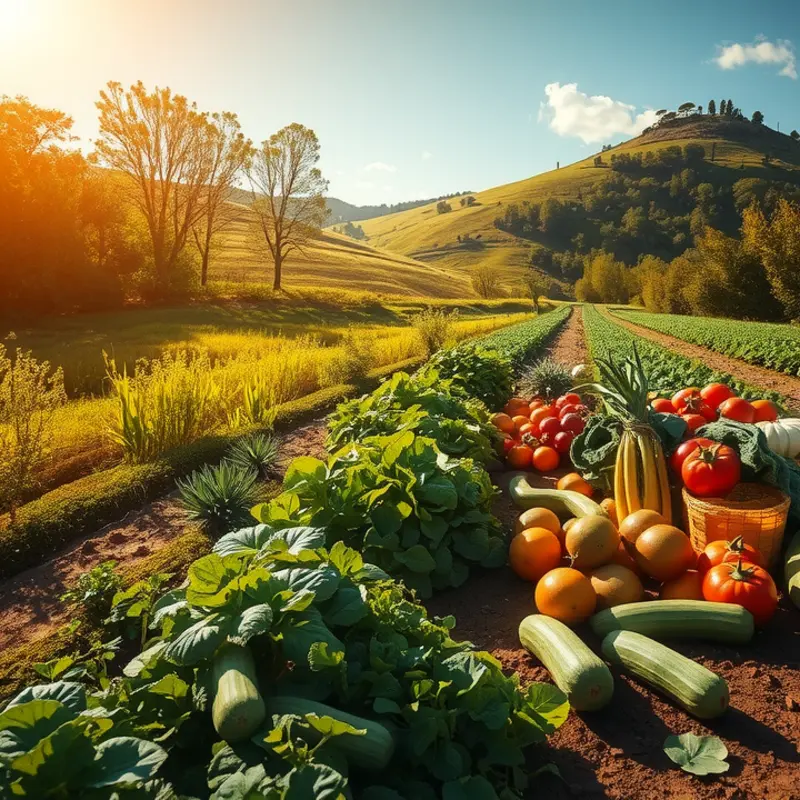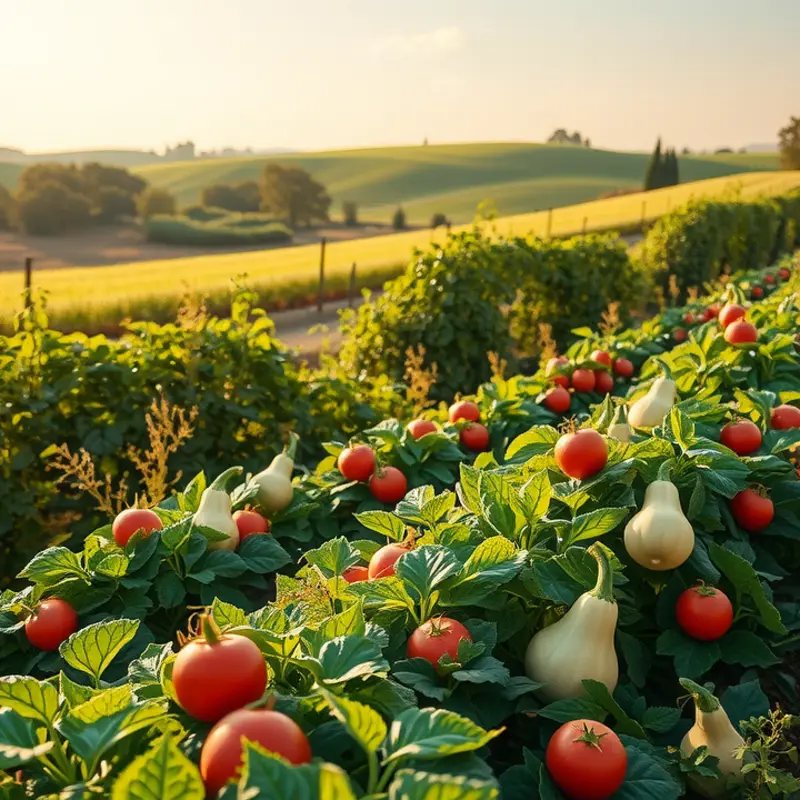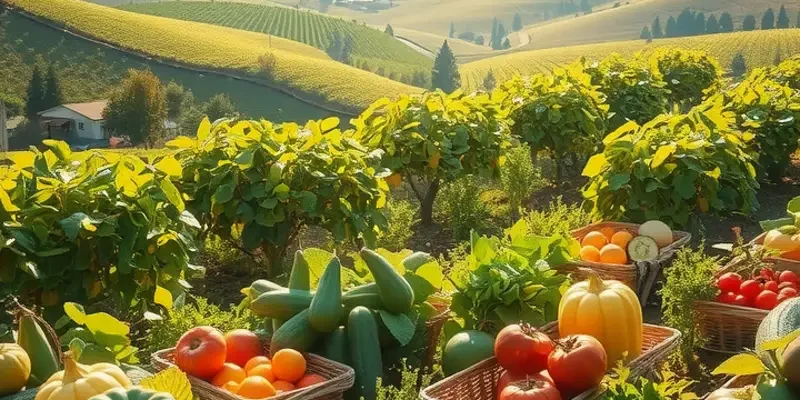Delve into the nourishing world of traditional hunter-gatherer foods, where simple ingredients unite with time-honored wisdom. From foraged greens to wild game, discover the essence of ancient diets that taught our ancestors how to thrive in harmony with the land. This exploration unveils rich cultural histories and the diverse flavors that still resonate in modern culinary practices, inviting food enthusiasts to reconnect with nature’s bountiful offerings.
Foraging the Wild: A Taste of Nature

Wandering through woodlands and open fields, foragers seek treasures hidden in plain sight. The dance between nature and human survival is ancient. Foraging is both a necessity and an art, practiced by our ancestors across continents. The bounty of edible plants, mushrooms, and nuts discovered by these early inhabitants continues to color the culinary canvas today.
Different cultures have evolved unique ways to utilize nature’s offerings. The indigenous tribes of North America, for example, incorporated acorns into their diet. Rich in nutrients, acorns were leached of their tannins through meticulous rinsing, transforming them into a vital food source. This method developed a rich, nutty flour still used in small communities today. Meanwhile, across the Pacific Ocean, East Asian cultures perfected the art of foraging for mushrooms. The prized matsutake mushroom, with its aromatic profile, is often sought in Japan, where its harvests are celebrated in autumn.
European traditions showcase a wealth of wild greens. Nettles, dandelions, and wild garlic are just a few of the plants that adorn traditional dishes. In Italy, wild chicory and rucola embellish salads and pastas. These greens add layers of flavor, both bitter and fresh, that speak centuries of peasant ingenuity. Foraging not only provided sustenance but also encouraged a connection with the local environment. Such connections are echoed in modern practices striving for sustainable living.
The sustainable nature of foraging makes it an environmentally respectful practice. Gathering wild food involves an understanding of seasonal cycles and a commitment to leaving no trace. This practice respects the balance of ecosystems, allowing flora and fauna to thrive. Moreover, foraging only what is needed ensures that these natural resources endure. This principle of sustainability aligns well with today’s eco-conscious movements. Information regarding sustainable kitchen practices can complement the forager’s lifestyle, ensuring minimal impact on resources. Explore eco-smart kitchen storage ideas here.
Mushrooms, a favorite among foragers, tell fascinating stories of regional flavors. In Eastern Europe, the foraging of wild mushrooms from dense forests is an autumnal ritual. Varieties like chanterelles and porcinis are woven into the fabric of family meals. These mushrooms lend their earthy personality to dishes, each bite a reminder of nature’s mysterious riches.
Wild nuts, inconspicuous yet vital, formed an integral part of many hunter-gatherer diets. In African savannas, shea nuts are collected and processed into shea butter, a staple in both cooking and cosmetic applications. This practice highlights the remarkable versatility of natural resources and the ingenuity of the people who first discovered their potential.
By embracing foraging traditions, modern food enthusiasts can reconnect with the land. Embarking on foraging expeditions serves as an invitation to explore the tastes of ancestry and landscape. These practices remind us of a time when seasons dictated meals and communities lived in harmony with the earth. Through foraging, we rediscover not just flavors, but a more sustainable and appreciative relationship with nature.
Hunting Traditions: Game on the Table

The role of wild game in traditional diets stretches far beyond mere sustenance. Across diverse environments, from the Arctic tundra to tropical forests, hunting has been not only a means of survival but a deeply embedded culinary tradition. Communities have long implemented ethical and innovative hunting practices, which inspire modern culinary techniques that honor these age-old methods.
In Arctic regions, the indigenous Inuit have historically relied on marine mammals such as seals and narwhals, along with caribou and birds. Their ethical approach to hunting ensures sustainability, using every part of the animal. This minimal-waste philosophy resonates with contemporary eco-friendly cooking practices, encouraging us to adopt smarter kitchen storage solutions like those discussed in eco-smart kitchen storage.
Moving south to the North American forests, Native American tribes employed bow and arrow hunting to procure deer, elk, and turkey. Each animal offered diverse culinary possibilities, from open-fire roasts to smoked delicacies. Smoking, an ancient preservation technique, not only deepens flavor but also extends the shelf life of meats. This practice can inspire today’s cooks to explore smoking as a method to enhance flavors without the need for extra salt or additives.
In the vast tropical forests of the Amazon, indigenous tribes have hunted game like wild boar and peccary with blowguns. These communities understand the rainforest’s delicate balance, practicing sustainable hunting to ensure the ecosystem’s future. Cooking methods here often included slow roasting or stewing, techniques ideal for bringing out the rich flavors of game.
Australian Aboriginals also provide insights with their hunting of kangaroos and emus, perfectly adapted to the arid outback. Traditionally, these were cooked in underground ovens, a method that can inspire home chefs to experiment with slow, even cooking techniques that maintain moisture and enhance natural flavors.
The ethical codes followed by these communities teach us the importance of respecting the natural world while relishing its flavors. Incorporating lessons from these traditions into our everyday cooking can lead to a deeper appreciation for where our food comes from and its impact on the environment.
In contemporary kitchens, drawing on these practices can develop profound culinary styles. By using alternative cooking methods, including smoking, underground pit cooking, or eco-smart storage, we can enhance flavors while staying true to the spirit of sustainability. This celebration of traditional hunting practices reflects not only a commitment to flavor but a respect for the earth’s resources, embodying a mindful approach to eating and cooking.
Final words
Celebrating the culinary traditions of hunter-gatherers offers a profound understanding of how our ancestors interacted with nature. Their sustainable practices, focused on foraging and ethical hunting, provide a framework for modern diets rooted in both health and the environment. By embracing these ancient food ways, we can infuse our meals with authenticity while fostering a deeper connection to our planet. As contemporary food enthusiasts, exploring these traditions not only satisfies the palate but also nourishes the spirit, reminding us of the rich tapestry of global culinary heritage.








